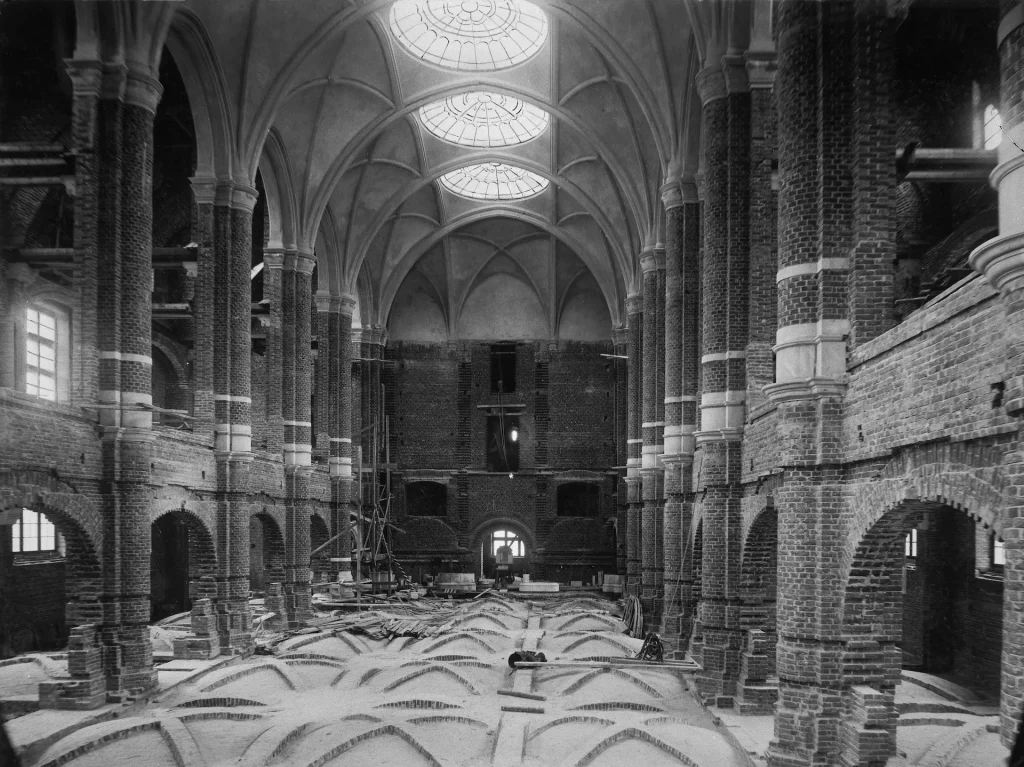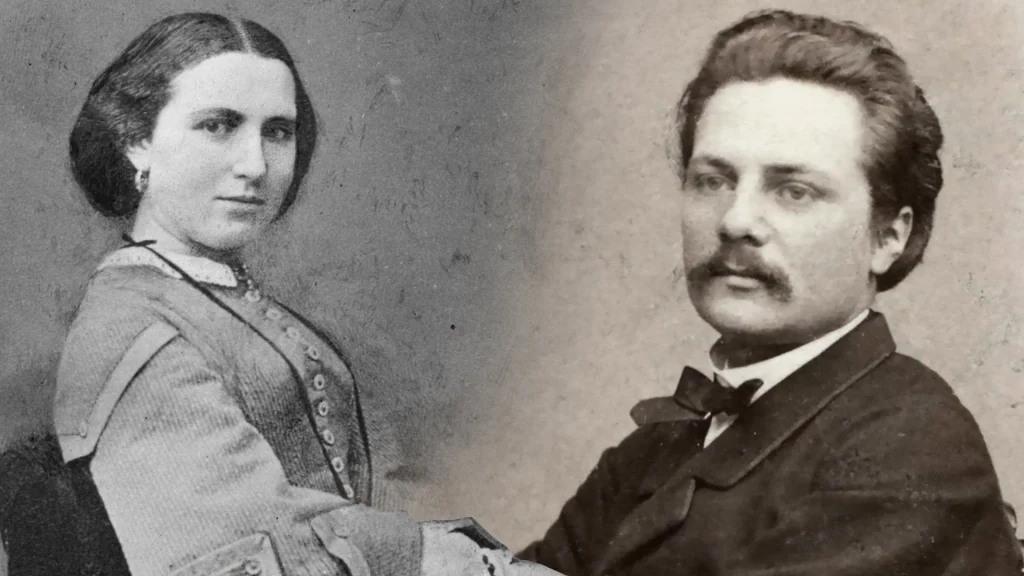
The history of Nordiska museet
Since 1873, Nordiska museet has been collecting real objects and stories that reflect human life from the 16th century to the present for future generations. This is the story of how Artur and Sofi Hazelius created a gigantic museum and architectural masterpiece.
It begins with a journey in Dalarna
During a journey in Dalarna county in the summer of 1872, the couple Artur and Sofi Hazelius observe how folk life, clothing, customs, and traditions are being replaced by new fashions and practices. A strong sense that the old ways are disappearing and must be preserved for the future takes hold of them.
Already on the journey, they purchase what will become object number 1 in the Nordiska museet collections, a home-woven wool skirt from Stora Tuna parish. And thus begins a gigantic collection project with the help of a large network of volunteers. Artur will call them “collectors”.
It became apparent to me that one had to intervene promptly if one wanted to avail oneself of the resources for research still offered in these old dwellings being torn down, or in these furnishings being disregarded, and in these costumes being discarded.
Artur Hazelius, 1898
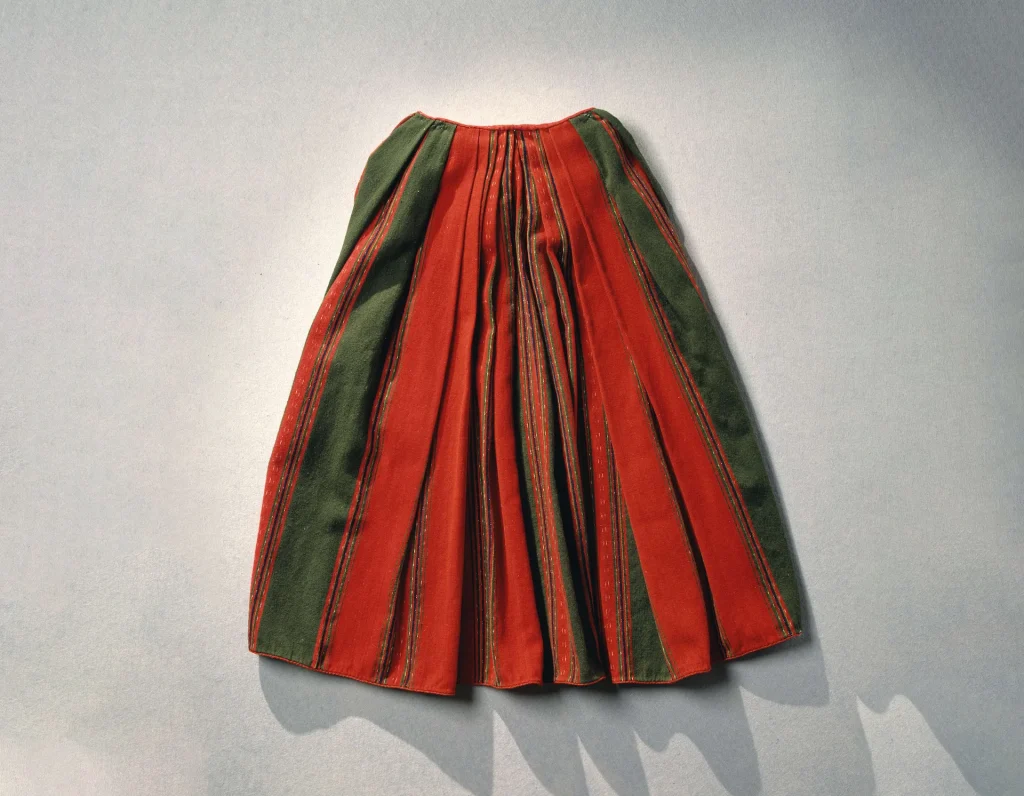
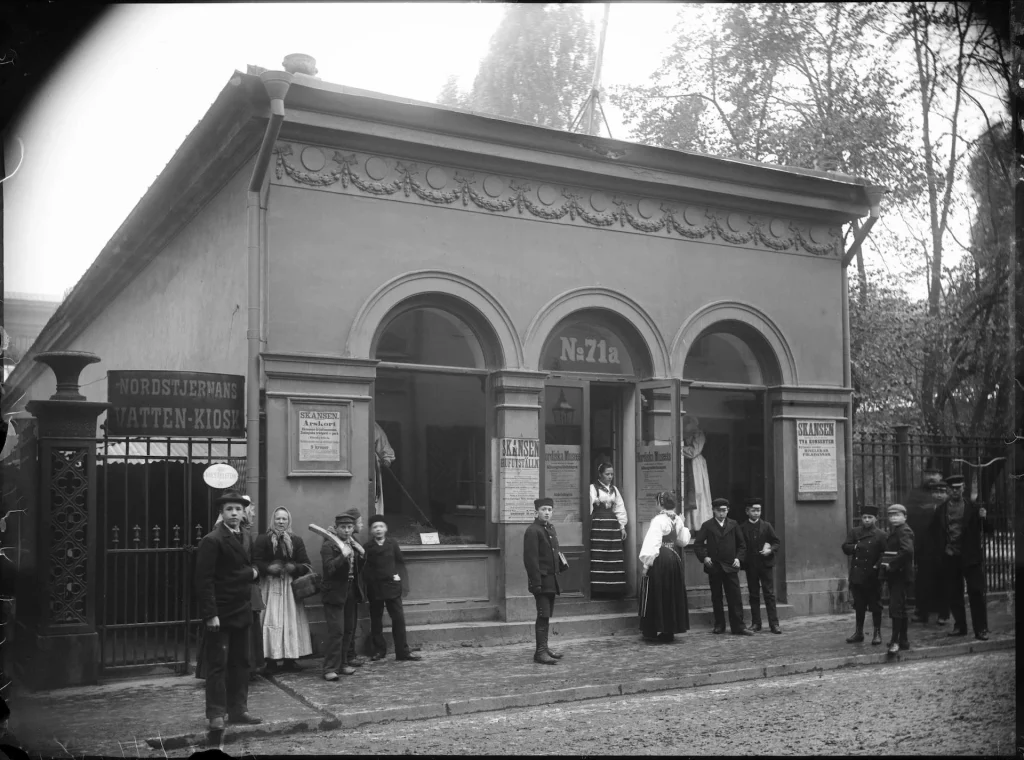
The Scandinavian-Ethnographic Collection opens in 1873
After just one year, there is a large number of items to showcase. On October 24, 1873, Artur and Sofi open the Scandinavian-Ethnographic Collection in a rented space at Drottninggatan 71 in central Stockholm.
The audience encounters realistic, dramatized scenes with dolls, costumes, and items from the disappearing rural culture – amidst industrialized Stockholm.
The innovative exhibition proves to be a success, both at home and at the World Exhibition in Paris in 1878. It is unique in its focus on the people, not kings and wars, as was common for national museums of the time.
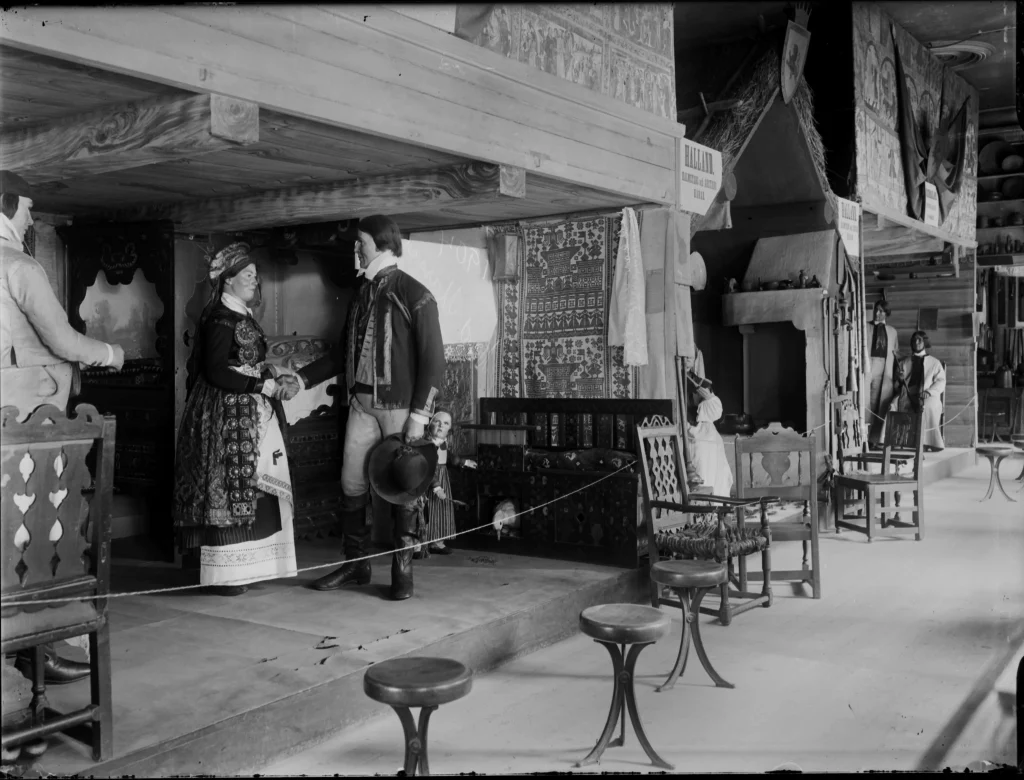
Nordiska museet on Djurgården completed in 1907
On October 24, 1888, the first shovel is put into the ground for the museum building on Djurgården in Stockholm. Artur’s dream of showcasing the collections in a palace for the people is about to come true. However, there are obstacles along the way, and it takes more than a quarter of a century from the drawing board to the inauguration.
In June 1907, the first visitors climb the stairs. Daylight from the skylights is the only illumination in the Great Hall, and the statue of Gustav Vasa in plaster depicts a tired and aging king. Neither Artur nor Sofi lived to see the inauguration day. Artur passes away in 1901, and Sofi already in 1874.
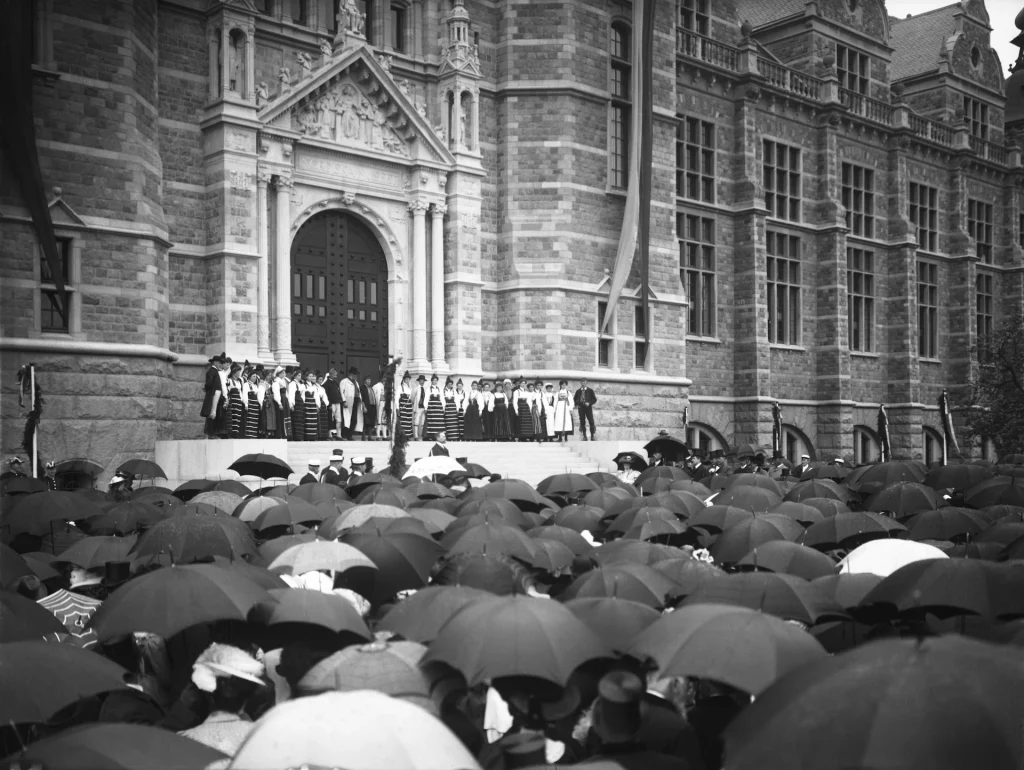
Stories and memories
In addition to objects, Artur considers it equally important to preserve the intangible cultural heritage for the future: folklore, tales, legends, songs, poems, music, dance, traditions, customs, and practices.
Artur laid the foundation for Nordiska museet’s archival collections, and as the years pass, the museum gathers diaries, materials on folklore and folk medicine, records from interviews, autobiographies, farm archives, family archives, archives from individuals, businesses, and associations.
Four significant donations provide historical environments and parks
Nordiska museet expands further during the 20th century through significant donations of four unique cultural-historical environments to preserve:
- Härkeberga curate’s residence 1929
- Tyresö palace 1930
- Julita manor 1941
- Svindersvik 1949
As a result, Nordiska museet’s currently manages several hundred buildings, vast historical parks, forests, cultivated landscapes, and fishing and water areas. It’s a crucial societal mission to sustainably care for them for the future, especially from climate and sustainability perspectives.
Today, over one and a half million objects, six million images, and thousands of stories and memories are collected in Nordiska museet. We preserve them for future generations, along with the home-woven wool skirt from the journey in Dalarna.
